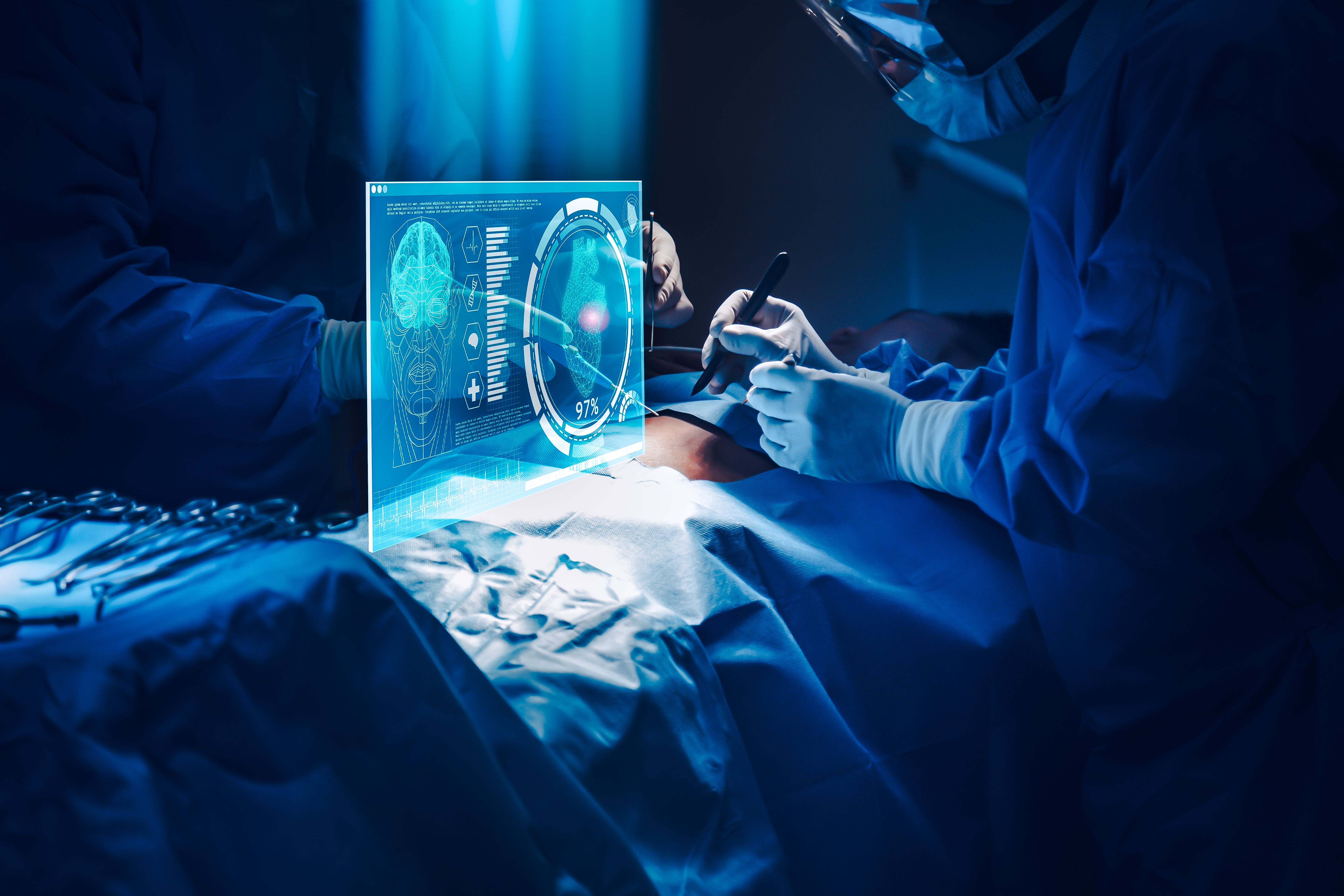In our society, augmented reality is becoming more and more utilized. It has found its way into many different industries, including healthcare. But, how this new technology is impacting healthcare education? In this blog post, we will explore how augmented reality is changing the way we perceive healthcare education, its applications, benefits, challenges, and future.
AR in Healthcare Education
Augmented reality is being used in different ways to enhance healthcare education. For example, AR apps can be used to provide immersive, step-by-step instructions for medical procedures. This can be especially useful for students who are visual learners.
Furthermore, augmented reality may be utilized to generate digital anatomy models. These models can be rotated and zoomed-in on, providing a more detailed and interactive way to learn about the human body.
Moreover, this technology is also being used to create simulations of real-life medical scenarios, such as emergencies situations. These simulations can help students better understand how to react in various scenarios.
Augmented reality has the potential to revolutionize healthcare education by making it more interactive and engaging.
5 Use Cases for AR in Patient Care
The healthcare sector is already benefitting from augmented reality technologies. Here are five ways that AR can be used to improve patient care:
AR can be used to provide educational resources for patients and their families.
This technology can make it easier for patients to understand their condition and find the help they need by overlaying information on top of real-world objects.
AR improves communication between doctors and patients.
By providing a shared visual experience, augmented reality can help doctors and patients have a better communication and ensure that everyone is on the same page.
AR provides more accurate diagnoses.
By overlaying images from medical scans onto a patient's body, doctors can get a more accurate picture of what is happening.
AR can be used to create customized treatment plans.
By overlaying information about a patient's specific condition onto their body, doctors can create treatment plans that are tailored to the individual.
AR enhance doctor-patient communication.
By providing a shared visual experience, augmented reality may assist doctors and patients in better comprehending each other and ensuring that everyone is on the same page.
Benefits of AR in Healthcare Education
In healthcare education, augmented reality provides immersive experiences to students and practitioners. Here are four benefits of AR technologies for this industry:
Enhanced visualizations.
Immersive technologies, such as augmented reality, can be used to provide enhanced visualizations of complex concepts, procedures, and anatomy. This can be particularly helpful for students who are more visual learners.
Increased engagement.
Augmented reality increases engagement and motivation in healthcare education by making learning more interactive and immersive for students and practitioners.
Improved outcomes.
AR technologies can lead to improved outcomes in healthcare education, with students retaining information better and experiencing less anxiety during simulations.
Real-world applications.
These technologies can provide a bridge between theoretical knowledge and real-world applications. This can be especially beneficial for students preparing for clinical rotations or residency training.
Challenges with Implementing AR in Healthcare Education
Although introducing augmented reality in healthcare education technologies entails many benefits, it also poses challenges and limitations. First, this immersive technology can be expensive and may not be compatible with existing educational resources. Second, AR apps often require a high level of technical expertise to create and maintain, limiting their use to only the most experienced educators.
Finally, augmented reality can be distracting and overwhelming for some learners, making it essential to use it in moderation. Yet, despite these challenges, augmented reality has great potential to enhance healthcare education and improve student outcomes.
The Future of AR in healthcare education
Augmented reality has been hailed as a game-changer for many industries, and healthcare is no exception. It also can transform how medical students learn by providing them with immersive, hands-on experience that can complement traditional teaching methods.
For example, students could use augmented reality to observe and interact with 3D representations of the human body or to practice procedures in a safe and controlled environment.
This immersive technology can be utilized to create virtual patients, which would provide students with a realistic opportunity to hone their clinical skills.
With the rapid development of augmented reality, the future of healthcare education is looking very exciting indeed.
Vection Technologies is supporting businesses in using immersive technologies to facilitate cooperation and learning and increase revenue. Please contact us if you want to begin implementing augmented reality into your business.
